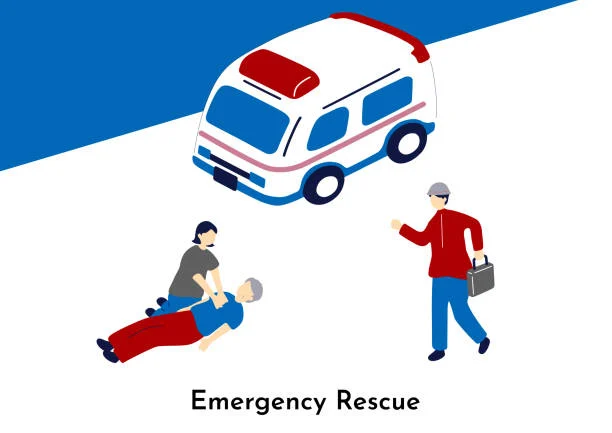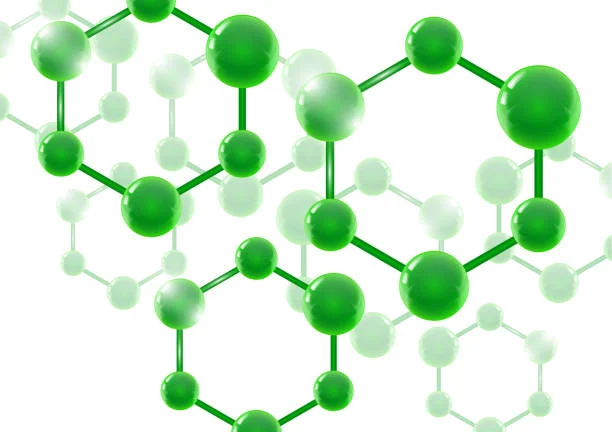
Sodium cyanide is a highly toxic substance, and Sodium cyanide poisoning is a life - threatening emergency. The success rate of treatment is affected by multiple factors, and there is no single, definite success rate figure applicable to all cases.
1. Toxic Mechanism of Sodium Cyanide
Sodium cyanide releases Cyanide ions (CN⁻) in the body. These cyanide ions have an extremely strong affinity for the ferric iron (Fe³⁺) in cytochrome oxidase in cells. Once combined, they form a stable complex, which makes cytochrome oxidase lose its ability to transfer electrons. As a result, the electron transport chain in cells is interrupted, and cells are unable to use oxygen normally, leading to intracellular asphyxia. Tissues are forced to switch from aerobic metabolism to anaerobic metabolism, accompanied by an increase in lactate and inorganic phosphate content in tissues, and a decrease in glycogen and ATP content. Since the central nervous system is particularly sensitive to hypoxia, it is the first to be damaged, especially the respiratory center and the vasomotor center.
2. Factors Affecting the Success Rate of Treatment
2.1 Severity of Poisoning
Mild Poisoning: In cases of mild Sodium Cyanide poisoning, if the dose of cyanide ingested or inhaled is relatively small, the body's compensatory mechanisms may still be able to function to a certain extent. For example, patients may only experience mild symptoms such as headache, dizziness, nausea, and shortness of breath. In such cases, if treated promptly, the success rate of treatment is relatively high. With timely removal from the poisoning source, oxygen inhalation, and the use of appropriate antidotes, most patients can recover completely.
Severe Poisoning: When the poisoning is severe, patients may rapidly progress to symptoms such as coma, convulsions, and cardiac and respiratory arrest. At this time, multiple organs in the body are severely damaged. For instance, the heart may stop beating effectively, and the brain may suffer from severe hypoxia - ischemic injury. The longer this state persists, the greater the degree of organ damage, and the more difficult it is to reverse the condition, resulting in a significantly reduced treatment success rate.
2.2 Time of Poisoning
Short - term Poisoning: If the time from the occurrence of sodium cyanide poisoning to the start of treatment is short, the damage to the body is relatively limited. For example, if a person is rescued and treated within a few minutes to half an hour after inhaling or ingesting Sodium cyanide, the chance of successful treatment is much higher. Because at this time, the cyanide has not had enough time to cause irreversible damage to key organs.
Long - term Poisoning: As time goes by, cyanide continues to act on cells, and the damage to organs such as the heart, brain, and liver accumulates. If the poisoning time exceeds several hours and the patient has not received effective treatment, the survival rate will be extremely low. For example, after several hours of severe cyanide poisoning, the brain may have suffered extensive necrosis due to hypoxia, and even if the cyanide is removed from the body later, the damaged brain function is difficult to recover.
2.3 Timeliness and Correctness of First - Aid Measures
Timely First - Aid: Immediate first - aid measures at the scene of poisoning play a crucial role. Once sodium cyanide poisoning is suspected, the first step is to quickly move the patient away from the poisoning environment to prevent further exposure. For example, in case of inhalation poisoning in an industrial accident, moving the patient to an area with fresh air as soon as possible can reduce the inhalation of additional cyanide. At the same time, calling for emergency medical services promptly is essential. If the patient's breathing or heartbeat has stopped, cardiopulmonary resuscitation (CPR) should be started immediately. Every minute of delay in first - aid measures may reduce the success rate of treatment.
Correct First - Aid: Correct first - aid operations are also important. For example, when performing CPR, it is necessary to follow the correct operation steps, including the correct ratio of chest compressions to artificial respiration. In addition, if the patient has ingested sodium cyanide, improper emetic methods may cause aspiration and further endanger the patient's life. Therefore, first - aiders need to be trained to ensure that the first - aid measures are carried out correctly.
2.4 Medical Treatment in Hospital
Use of Antidotes: In the hospital, the timely and correct use of antidotes is a key link in the treatment of sodium cyanide poisoning. The main antidote treatment for cyanide poisoning is the "nitrite - thiosulfate" therapy. Nitrites (such as sodium nitrite) can oxidize a part of normal hemoglobin in the blood to methemoglobin. Methemoglobin contains ferric iron (Fe³⁺), which has a stronger affinity for cyanide ions than cytochrome oxidase. Therefore, it can compete with cytochrome oxidase for cyanide ions, binding cyanide ions to form cyanmethemoglobin, thereby relieving the inhibitory effect of cyanide ions on cytochrome oxidase. Then, thiosulfate is used. Under the action of the body's rhodanese enzyme, thiosulfate reacts with cyanide ions to form non - toxic thiocyanate, which is excreted from the body with urine. If the antidote can be used in time according to the patient's condition, the success rate of treatment will be significantly improved.
Comprehensive Treatment: In addition to the use of antidotes, comprehensive treatment measures are also required. This includes maintaining the patient's vital signs, such as ensuring stable breathing through mechanical ventilation if necessary, maintaining normal blood pressure through fluid replacement and vasoactive drugs, and preventing and treating complications such as cerebral edema. For example, the application of glucocorticoids, hypertonic glucose, and vitamin C can help reduce cerebral edema. If these comprehensive treatment measures are implemented effectively, it will also contribute to improving the success rate of treatment.
3. General Estimation of Treatment Success Rate
In general, if the poisoning is mild, the patient is treated promptly (usually within 30 minutes to 1 hour after poisoning), and the entire treatment process, including first - aid at the scene and medical treatment in the hospital, is carried out correctly, the success rate of treatment can be relatively high, perhaps reaching over 80% in some cases. However, for severe cases, especially those with a long poisoning time (more than 2 - 3 hours) and late treatment, the success rate of treatment may be less than 20%, and in some extremely severe cases, the patient may not be able to be saved despite all efforts.
In conclusion, the success rate of treating sodium cyanide poisoning varies greatly depending on multiple factors. The key to improving the success rate lies in early prevention, timely and correct first - aid at the scene, and comprehensive and effective medical treatment in the hospital.
- Random Content
- Hot content
- Hot review content
- Company product introduction
- High-strength Shock tube(VOD≧2000m/s)
- Fertilizer magnesium sulfate/magnesium sulfate monohydrate
- Food grade Antioxidant T501 Antioxidant 264 Antioxidant BHT 99.5%
- Adipic acid 99% used as the material of nylon 66
- 99.5% Pure Ethylene Glycol Mono Ethylene Glycol MEG EG
- How do I choose the right flotation reagent?
- 1Discounted Sodium Cyanide (CAS: 143-33-9) for Mining - High Quality & Competitive Pricing
- 2China's New Regulations on Sodium Cyanide Exports and Guidance for International Buyers
- 3Sodium Cyanide 98% CAS 143-33-9 gold dressing agent Essential for Mining and Chemical Industries
- 4International Cyanide(Sodium cyanide) Management Code - Gold Mine Acceptance Standards
- 5China factory Sulfuric Acid 98%
- 6Anhydrous Oxalic acid 99.6% Industrial Grade
- 7Oxalic acid for mining 99.6%
- 1Sodium Cyanide 98% CAS 143-33-9 gold dressing agent Essential for Mining and Chemical Industries
- 2High Quality 99% Purity of Cyanuric chloride ISO 9001:2005 REACH Verified Producer
- 3Zinc chloride ZnCl2 for High Molecular Weight Polymers Initiator
- 4High Purity · Stable Performance · Higher Recovery — sodium cyanide for modern gold leaching
- 5High Quality Sodium Ferrocyanide / Sodium Hexacyanoferr
- 6Gold Ore Dressing Agent Safe Gold Extracting Agent Replace Sodium Cyanide
- 7Sodium Cyanide 98%+ CAS 143-33-9










Online message consultation
Add comment: